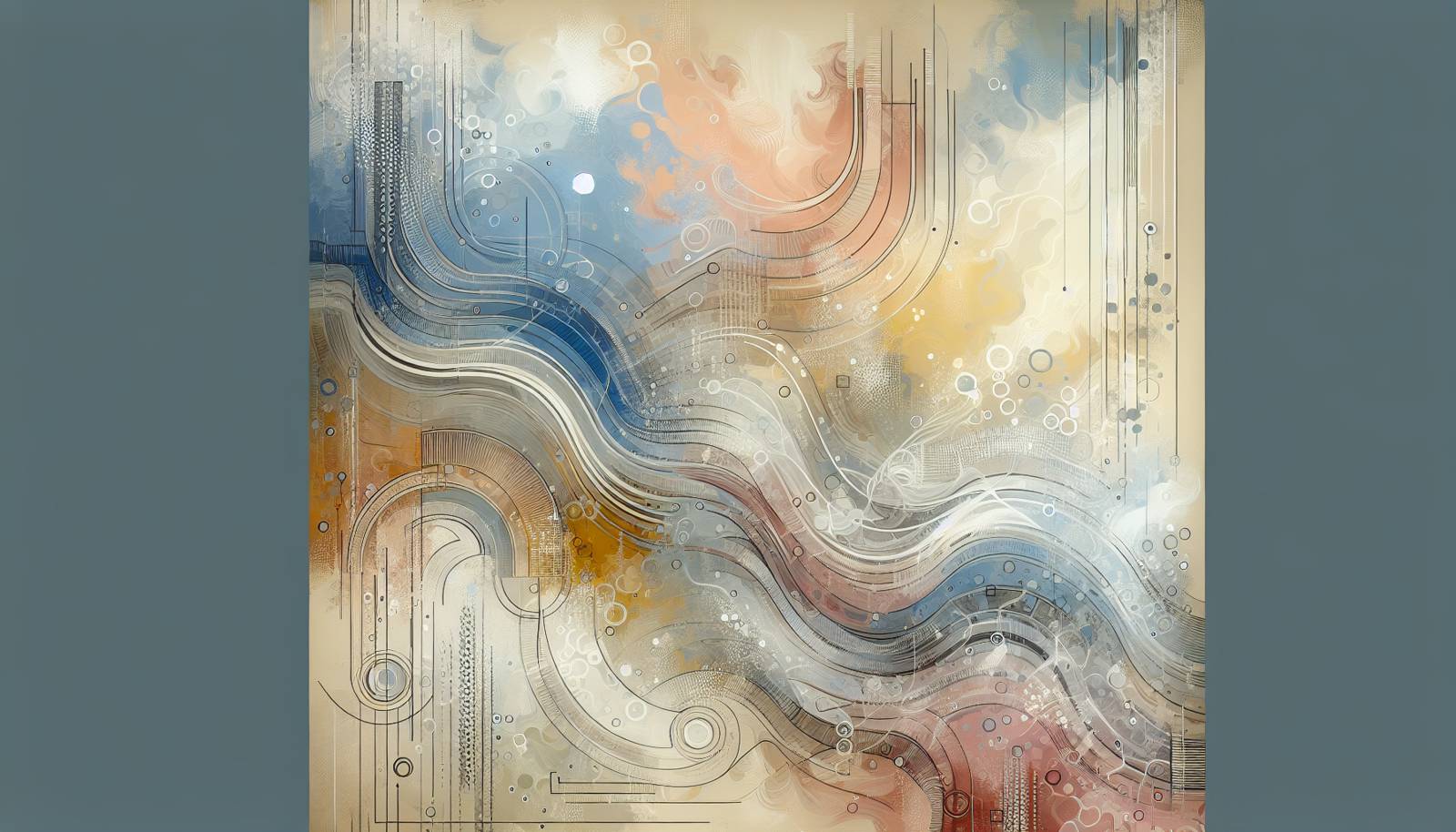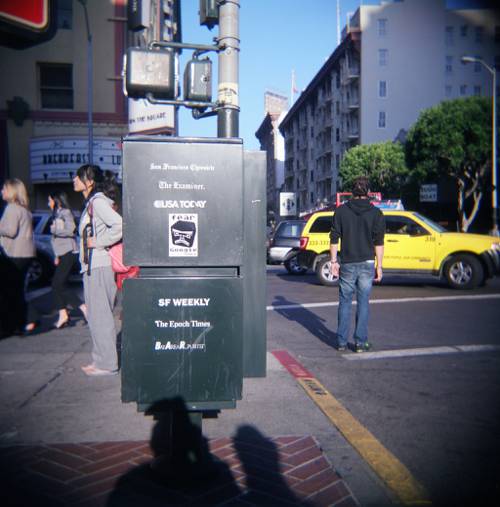
FAQ About The Impact of Post-Internet Art on Contemporary Creativity

What is post-internet art?
Post-internet art is a term used to describe artworks and artistic practices that respond to the effects and implications of the Internet on society. It reflects on how the Internet alters perceptions of reality, communication, and creation processes. This movement often incorporates digital technology, but it's not limited to digital or online works; it can be any medium that considers the influence of internet culture.

How does post-internet art differ from traditional digital art?
Traditional digital art focuses primarily on utilizing digital tools and technologies to create artworks. In contrast, post-internet art is concerned with the impact of the Internet on culture and society. It often includes critical commentary on how digital connectivity and data exchange shape social dynamics, aesthetics, and human behavior. While digital tools may be used, the core of post-internet art lies in its thematic exploration rather than the medium itself.

What are common themes explored in post-internet art?
Post-internet art often explores themes such as digital identity, the virtual versus physical existence, surveillance, data privacy, the impact of social media, and the commodification of information. It questions how technology influences our perception of reality and the blurring line between online and offline life.

Can you give examples of well-known post-internet artists?
Some prominent post-internet artists include Petra Cortright, Amalia Ulman, and Jon Rafman. These artists are known for utilizing digital platforms, social media aesthetics, and exploring themes related to online culture, identity, and the intersection of technology with human experience.

How does post-internet art challenge traditional notions of art?
Post-internet art challenges traditional notions of art by questioning the boundaries between digital and physical spaces, the role of the artist in the era of mass content production, and the nature of originality in a world dominated by digital reproduction. It blurs lines between creator and audience, art object and digital screen, physical space, and cyberspace.

In what ways has post-internet art influenced contemporary creativity?
Post-internet art has reshaped contemporary creativity by encouraging artists to consider how digital media and online interactions affect the creation and reception of art. It promotes interdisciplinary approaches, fuses visual arts with technologies, and encourages exploration beyond traditional galleries, using platforms like social media or virtual reality instead.

Why is post-internet art significant in understanding modern aesthetics?
Post-internet art is significant in understanding modern aesthetics because it reflects our current reality influenced heavily by digital technology and connectivity. This art form represents and critiques the visual and cultural changes brought by the Internet, making it an essential lens for studying contemporary expressions, aesthetics, and cultural norms.

How does technology influence post-internet art?
Technology profoundly influences post-internet art by providing new tools and platforms for creation and dissemination. It allows artists to experiment with virtual reality, augmented reality, and various software, leading to innovative works that often critique or reflect on how these technologies affect human interaction and cultural production.

Is post-internet art always digital?
No, post-internet art is not always digital. While it often incorporates digital technology, the movement is defined more by its thematic focus on the effects of internet culture rather than the medium itself. Artists can use traditional media to explore and comment on issues related to the digital age.

What role does social media play in post-internet art?
Social media plays a significant role in post-internet art by serving both as a platform for expression and a subject of critique. Artists often utilize social media aesthetics, explore themes like digital identity crafted online, and comment on the societal impact of these platforms. It also allows for broader dissemination and interaction with audiences.

How has the concept of authorship changed with post-internet art?
With post-internet art, the concept of authorship has evolved to include collaborative, participatory, and decentralized forms of creation. Artists often reference existing online content, remix, and reproduce digital materials, reflecting the collaborative and fluid nature of digital culture where the line between creator and consumer is blurred.

What challenges do post-internet artists face?
Post-internet artists face challenges such as maintaining originality in a culture of constant content sharing, addressing copyright issues, and navigating the overwhelming flow of information. Additionally, they must engage with both online and offline audiences who may have different expectations and interpretations of art influenced by digital culture.

How does post-internet art reflect contemporary society?
Post-internet art reflects contemporary society by addressing the profound changes brought by the digital age, such as the erosion of privacy, changes in communication, and the formation of new identities through digital means. It mirrors the complexities, contradictions, and paradoxes of modern life in a digitized world.

Are museums and galleries adapting to post-internet art?
Museums and galleries are adapting to post-internet art by developing new approaches to curation and exhibition that accommodate digital and online elements. They incorporate technologies like virtual reality or interactive installations to engage audiences in ways that reflect the intersection of art and technology.

What is the future of post-internet art?
The future of post-internet art likely involves further integration of technology and art practices, exploration of new digital realities, such as the metaverse, and continuous interrogation of the implications of technology on society. Artists will continue to push boundaries and find innovative ways to critique and utilize emerging technologies.

How does post-internet art utilize augmented reality (AR)?
Post-internet art utilizes augmented reality (AR) by overlaying digital information onto the physical world, creating interactive and immersive experiences. AR allows artists to expand traditional artworks and provides audiences with a unique way to engage with art, making them active participants in the experience.

Can post-internet art be considered a critique of technology?
Yes, post-internet art often critiques technology by examining the societal and psychological impacts of digital advancement. Artists highlight issues such as data privacy, digital addiction, and the commodification of personal information, using their works to prompt dialogue about the consequences of living in a tech-centric world.

What mediums are most commonly used in post-internet art?
Post-internet art incorporates a wide range of mediums, including digital video, GIFs, augmented reality, social media platforms, traditional painting and sculpture, performance art, and more. The choice of medium often depends on the artist's intention and the specific commentary they aim to communicate.

How do viewers typically interact with post-internet art?
Viewers of post-internet art often interact through digital platforms, social media, and in some cases, physical installations that incorporate digital elements. This interaction can be passive, such as scrolling through an artist's Instagram feed, or active, such as participating in an AR experience or virtual reality artwork.

What role does interactivity play in post-internet art?
Interactivity is a crucial aspect of post-internet art. It allows viewers to engage directly with the work, often becoming part of the creative process themselves. This engagement can take many forms, from contributing user-generated content to experiencing art through VR or AR technologies, fostering a dynamic relationship between art and audience.
